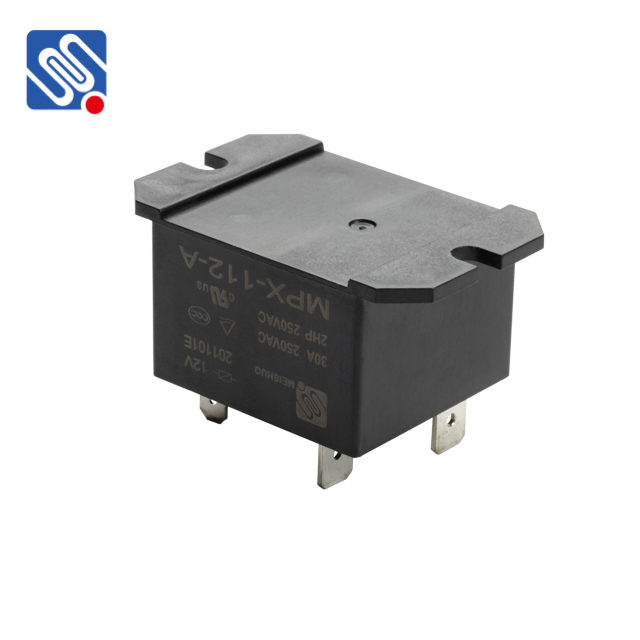Relays are fundamental components in modern electrical and electronic systems, acting as electrical switches that control circuits. Among the many types of relays available, the 220V 30A relay is one of the most commonly used when high-power switching is needed in AC (Alternating Current) circuits. This relay is widely employed in industrial, home, and automotive applications to control larger appliances and systems. In this article, we will explore the key features, working principles, applications, and considerations for using a 220V 30A relay.

What is a 220V 30A Relay? A 220V 30A relay is an electromagnetic switch designed to control electrical circuits with a 220V AC voltage and up to 30 amperes of current. Relays like these are typically used for switching high-power devices, such as motors, heaters, air conditioners, or lighting systems, with a relatively low-power control signal. The “30A” in the name refers to the maximum current the relay can handle, while the “220V” indicates the operating voltage. How Does a 220V 30A Relay Work? The basic function of a relay, including the 220V 30A model, is to allow a small current to control a larger one. This is achieved using an electromagnet to open or close the relay’s contacts. Here’s a simple breakdown of how it works: